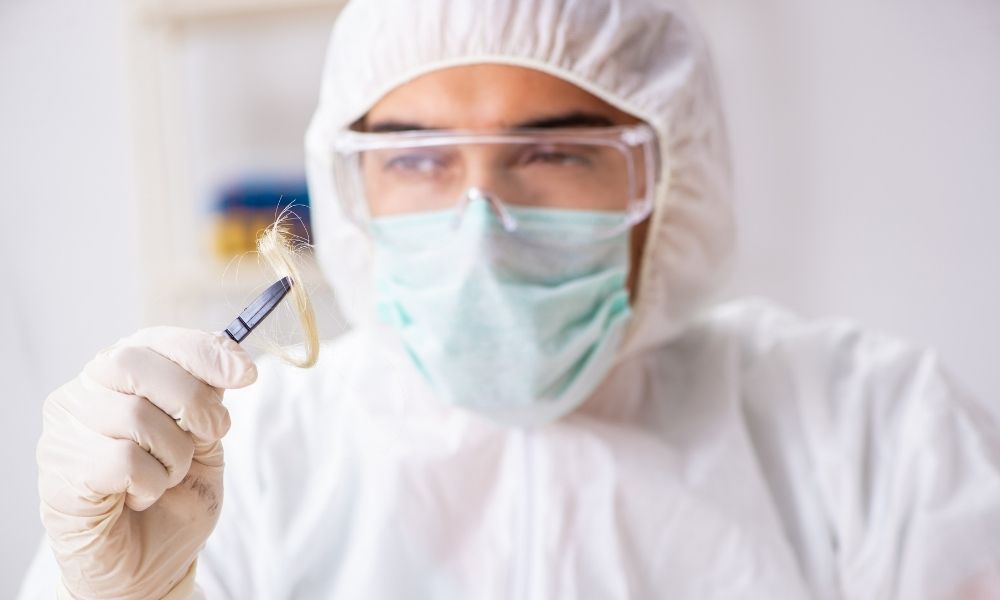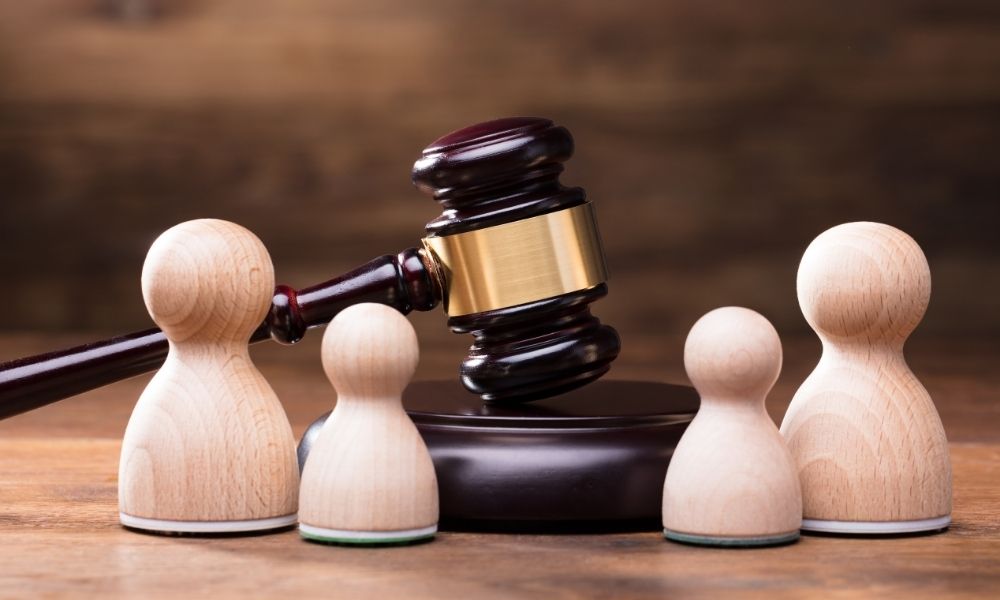Drugs In Your System: How Long They’ll Be There
Written By admin on
When it comes to drug use, some questions have easy answers. “Should I worry about addiction to prescription opioids?” Absolutely. “Can I get away with driving under the influence”? Absolutely not. “How long can drugs stay in one’s system?” Here’s where things get more complicated. The answer varies from one substance to another, and what people mean by “stay in one’s system” isn’t always clear, either. Read on to learn more.
Effect Is Not the Same As Presence
Drugs vary in how long they take to take effect and how long those effects last. Cocaine, especially when smoked, is notorious for the rapid onset and fleeting nature of its high. Conversely, the hallucinogenic effects of a dose of LSD can last for as many as 12 hours. However, even after the psychotropic effects of a drug have passed, the body still takes additional time to fully metabolize that substance. Byproducts of cocaine metabolization, for instance, remain in the body for as many as three days, where they can show up in blood, saliva, and urine tests.
Factors That Affect Metabolization
No two human bodies are the same, and this truth comes into play when we talk about how long drugs stay in those bodies. Age and body weight are two of the biggest factors in how long drugs take to fully exit our systems—as we get older, our metabolisms slow down, and the less we weigh, the more effective a drug will be in its dosage. Even race and ethnicity can affect how the body processes some substances. People of European descent, for instance, seem better equipped to metabolize alcohol than Africans, East Asians, and indigenous Americans, whose genetic profiles include a slower metabolization of ethanol molecules.
Different Tests Give Different Results
Testing a subject’s blood, urine, or saliva for drug use will indicate recent activity. However, metabolites in the blood can travel to hair follicles and deposit themselves in the hair, meaning that indications of drug use can be detected in one’s body for days, weeks, or months.
The standard hair test for drugs will “look back” about 90 days. This is true for head hair collections. However, a body hair drug test may admittedly look back much further. Special order hair drug testing can segment the head hair so as to look back in 90-day segments, such as 3 months, 6 months, and 9 months, etc. However, you must have long enough head hair to go back that far. A 90-day hair drug test requires 1.5 inches of head hair length; therefore you need 3 inches in head hair length to look back and estimated 180 days, etc. If you do not have long enough head hair you might consider fingernail or toenail drug testing that has a look back of an estimated 3 to 6 months for fingernail and possibly up to 1 year for toenail collections! No matter how long drugs can stay in one’s system, hair drug panels ranging from a 4-panel hair follicle drug test to a 17-panel hair follicle drug test can detect the most common illegal drugs and many frequently abused prescription medications within the past 90 days and beyond.













